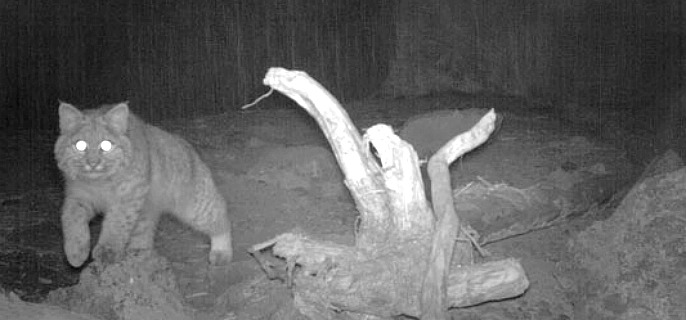
PHOTO COURTESY OF ODFW
Oregon Department of Fish and Wildlife biologists warn drivers that deer, elk, turtles, frogs and other wildlife are on the move, crisscrossing roads as they seek food, water and necessary habitat.
Each year, vehicle collisions kill large numbers of deer and elk and threaten human safety. Frogs, newts, turtles and owls are also frequently killed on highways.
“Roads can create dangerous barriers for many species of wildlife, because they often bisect migration paths and can separate breeding, feeding and other areas vital for animals’ survival,” said Simon Wray, ODFW Conservation Biologist. “We think of deer and elk mortality because it is so visible, but many wildlife species die on the road every day.”
Wildlife and roads is an issue of statewide concern and a number of organizations are doing research and producing tools that can be used to design solutions.
• An Oregon Department of Transportation map shows which roads in the state have the highest historic incidents of vehicle-wildlife collisions. The map, Wildlife Collision Hot Spots, is available on ODOT’s website.
• A map of wildlife linkages, places where wildlife are known to cross Oregon’s roads, is available on ODFW’s website. It shows amphibian, reptile and small and large mammal crossings. This data is also incorporated in the new Compass wildlife habitat mapping tool.
More difficult to track are the little critters afoot on the roads in spring. Ducks and geese are out and about with their strings of ducklings and goslings headed for water. On cool summer mornings, snakes make use of the heat-gathering properties of roads to warm themselves from the cool of the night. In the evenings, they will again seek out pavement to soak up the last of the day’s warmth. In May and June, female western painted and western pond turtles begin searching for suitable nesting grounds to lay their eggs, and sometimes the only way they can reach water or suitable habitat, is to cross a road.
“Stopping to help a turtle in the road is first a question of human safety,” said Susan Barnes, ODFW Conservation biologist. “If you can safely stop and get off the road, it is fine to pick the turtle up and carry it to the side of the road. Just make sure you place it in the direction it is headed. Otherwise, it will try to cross the road again.”
There are a number of tools to help fish and wildlife cross roads safely including signs; animal detection systems; road and bridge design; fencing; fish screens; culverts; under and over passes; and public education. What tools are used depends on a number of things including the severity of the problem, needs of the species involved, policy guidelines, public suport and budgets.








